You might be confused about credit card rates, fees and pricing models- if so, that is very understandable; the world of credit card processing is complex. Essentially, your credit card processing fees are based on interchange fees, assessment fees and processing fees that are established either by your card issuer, card network or payment processor.
In order to make this topic more digestible, in other words --so that you can “see the forest for the trees”, we've narrowed it down to provide you with key information to help you make an informed decision on which pricing model best suits your business.
Credit card processing fees and rates
The first thing you need to know in what fees and rates are. Fees are associated with individual transactions, whereas rates are for associated with an account. Merchants will pay both fees and rates to credit card processing companies.
Interchange fees and rates are set by credit card companies and paid to the issuing bank. Assessment fees are paid to the credit card company and are also non-negotiable. Both interchange and assessment fees are paid by the processor, no matter which one. Lastly, there's the processor's markup, established by the credit card processor and is the only fee that can be negotiated.
It's important to note that your business type, card type and how it's used will influence your fees. If you have an online store and process card-not-present transactions, the fees will be higher to account for the higher risk and subsequent security measures required to guarantee the safety of the transaction for the merchant and customer alike. Card-present transactions, or those that happen in-store, present a lower security risk and have lower rates attached to them.
Credit card processing pricing models
Furthermore, your volume sales will also give you a better idea of which pricing model best is most suitable for your business. Here's an overview of the 4 main pricing models:
1) Interchange-plus pricing is composed of interchange fees and markup fees from your credit card company and credit card processor, respectively. The benefit of this model is that it allows you to easily see what you've been charged due to a detailed breakdown. Fees are generally lower which is ideal, especially for small businesses.
2) Tiered pricing categorizes transactions into three levels, based on criteria set by the card company, unknown to the cardholder. What we do know is that qualified, mid-qualified and non-qualified rates have to do with how the transaction was made - either with a PIN debit, manual transaction with or without an AVS (address verification system), the type of card (international or corporate, etc.), the type of good or service purchased (regular or luxury) or whether the purchase took place online, over the phone or in person.
3) Flat rate pricing refers to a standard rate for all transactions, irrespective of the type of card used, meaning that cards with low markup (debit cards) and high markup (corporate cards) will essentially cost the same. This model can be convenient for businesses that don't process a high volume of credit card transactions.
4) Subscription/membership pricing means you pay a monthly fee (called subscription) and set rate for each transaction. It is a straightforward and potentially cost-effective option depending on your sales volume.
We're here to help
At Sekure, we offer merchants options that are aligned with their business needs and goals. Whether you're looking for lower rates, next day funding, free contactless equipment, or ecommerce integration, our team of payment professionals can help.
Categories

